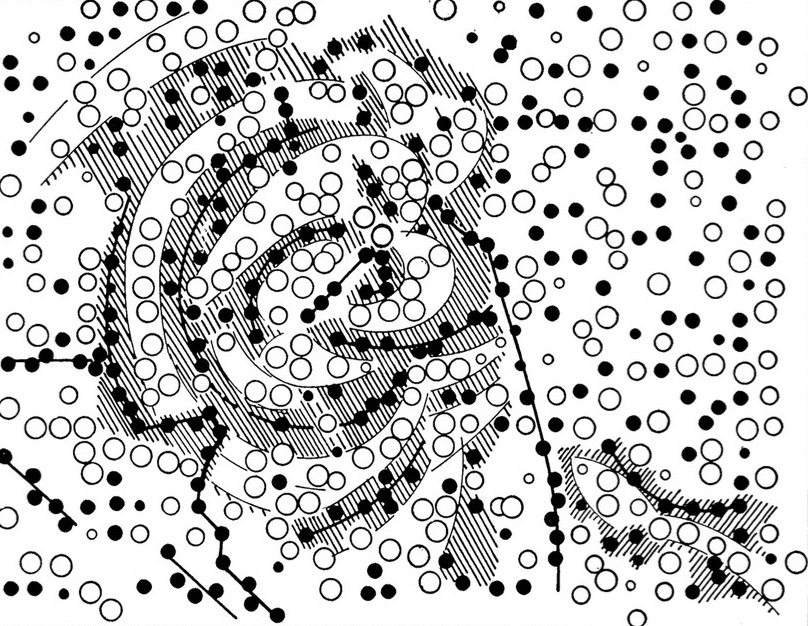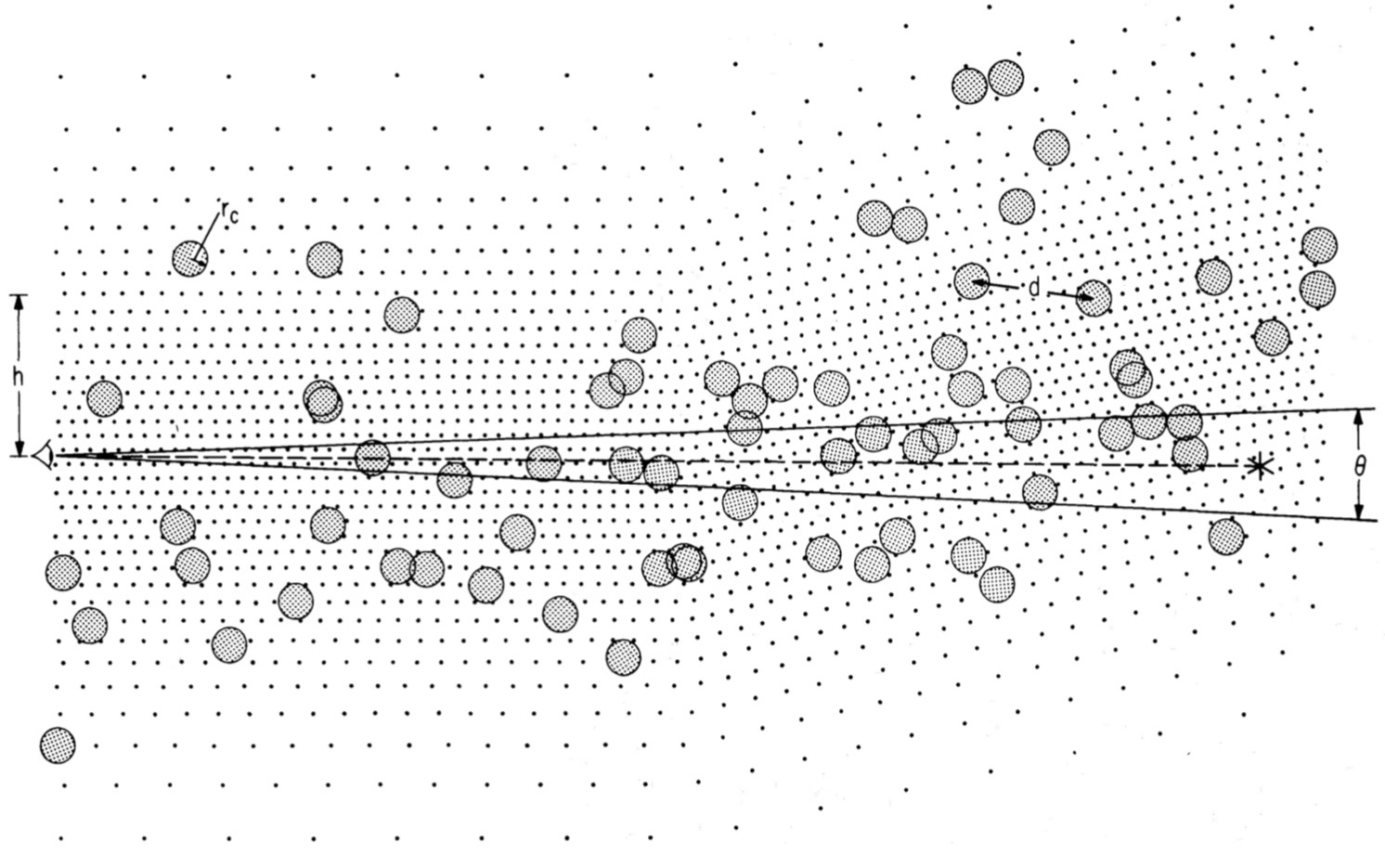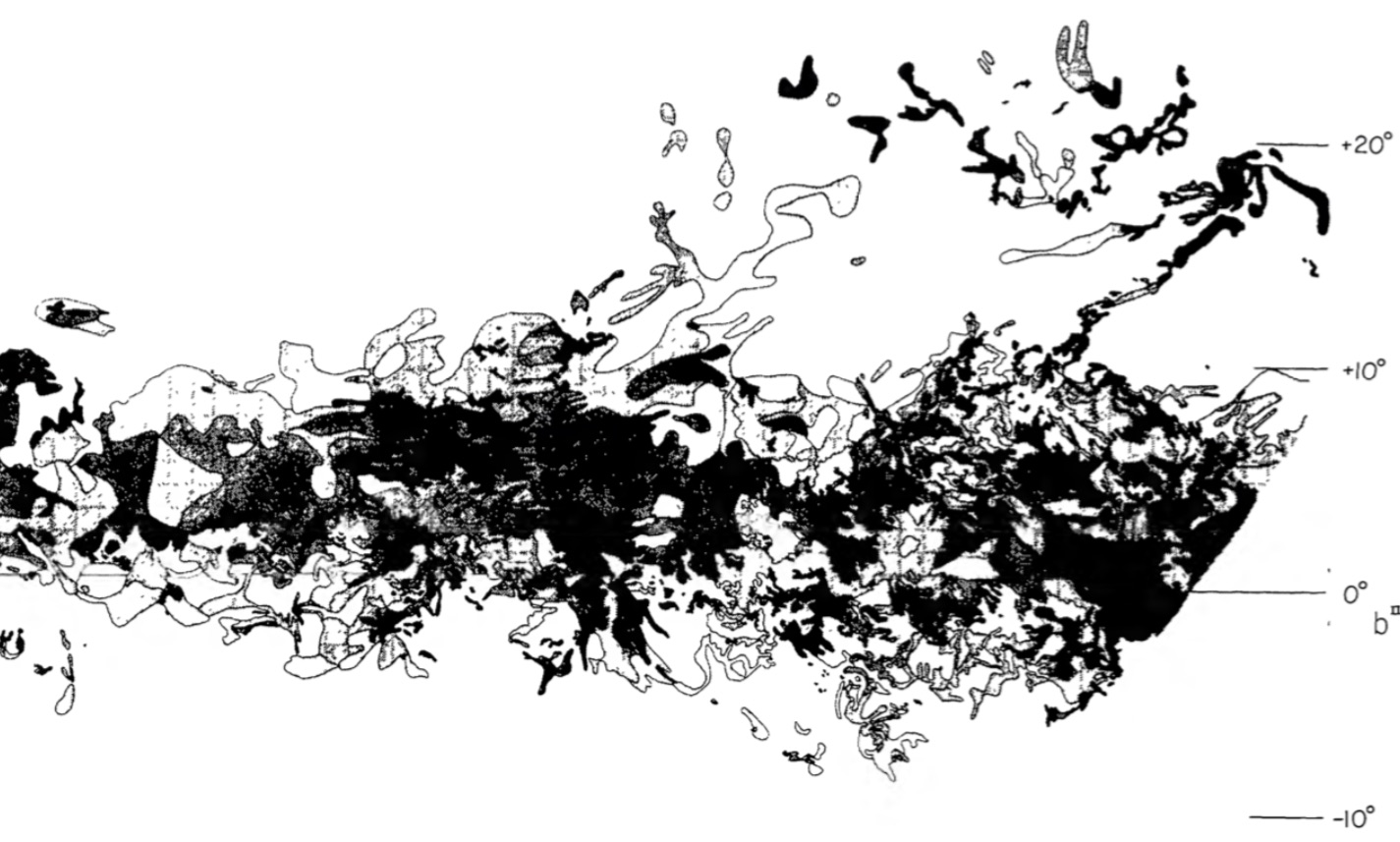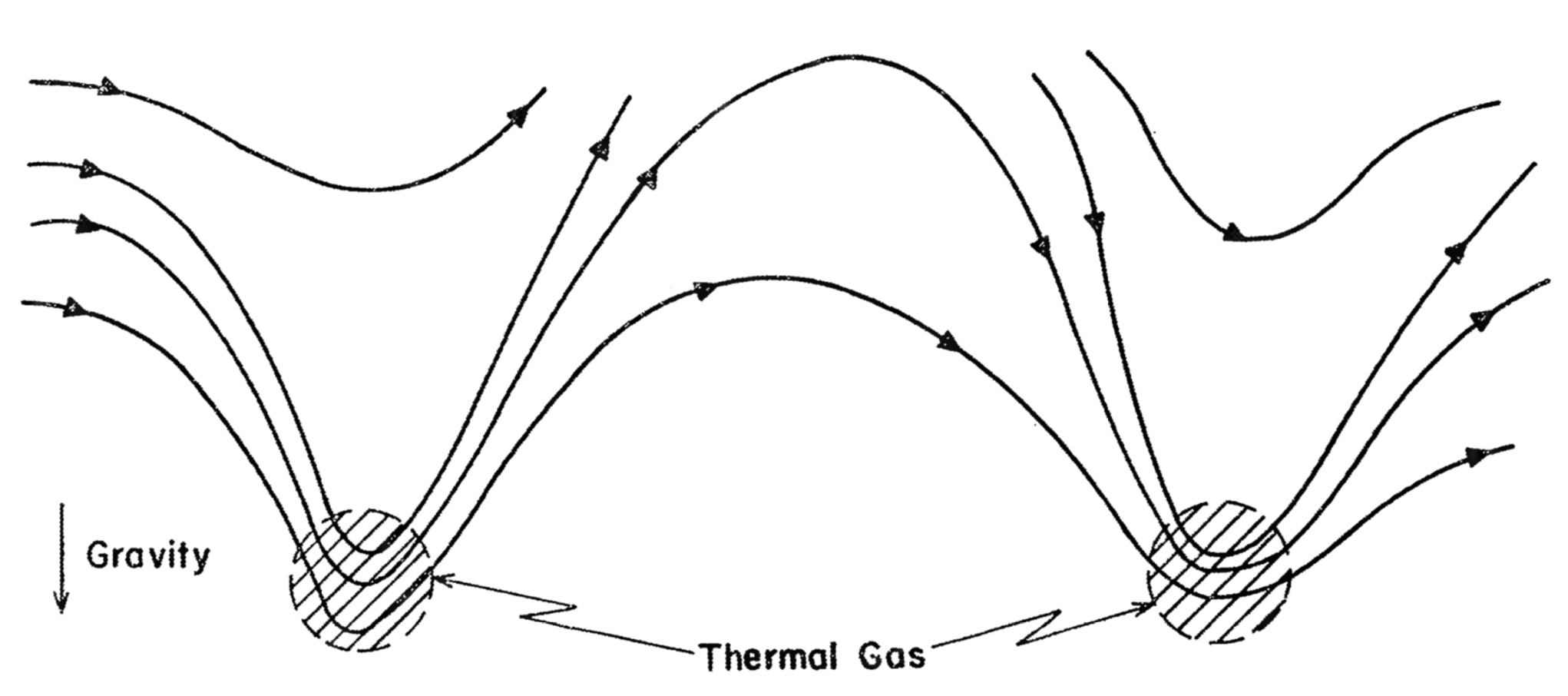So-Star
Star formation and the big galactic cascade
 de Vaucouleurs (1955) - Studies of Magellanic Clouds. I. Dimensions and Structure of the Large Cloud. The interstellar medium (ISM) is far from a homogenous atmosphere for our Galaxy. It is a turbulent, multiphase environment, with dramatic variations in temperature, density, magnetization, ionization, velocity, composition, and abundance. How matter evolves in a galaxy, from diffuse and hot gas to dense and gravitationally stable structures producing stars, is not clear. In particular how energy, mass and momentum is transported from Galactic scales, through the different gas phases of the ISM and down to stellar scales, is still to be understood. This involves understanding the details of energy injection mechanisms at large scales, the interstellar mass and turbulence cascade, phase and chemical transitions, various instabilities, as well as the relative importance of gravity, stellar feedback, and cosmic-ray feedback at all scales.
de Vaucouleurs (1955) - Studies of Magellanic Clouds. I. Dimensions and Structure of the Large Cloud. The interstellar medium (ISM) is far from a homogenous atmosphere for our Galaxy. It is a turbulent, multiphase environment, with dramatic variations in temperature, density, magnetization, ionization, velocity, composition, and abundance. How matter evolves in a galaxy, from diffuse and hot gas to dense and gravitationally stable structures producing stars, is not clear. In particular how energy, mass and momentum is transported from Galactic scales, through the different gas phases of the ISM and down to stellar scales, is still to be understood. This involves understanding the details of energy injection mechanisms at large scales, the interstellar mass and turbulence cascade, phase and chemical transitions, various instabilities, as well as the relative importance of gravity, stellar feedback, and cosmic-ray feedback at all scales.
Linking scales. Star formation is a multi-scale process : it depends on the large-scale galactic dynamics, on the MHD turbulent cascade and on the long-range effect of stellar feedback. Because of the complex and non-linear physics involved in the evolution of interstellar matter, star formation can be described as a self-organizing system where order arises from chaotic and random interactions. This field is currently the matter of intense research to investigate how exactly the gas flows from extragalactic scales down to individual stars. It plays a key role in understanding galaxy evolution in the Universe in general but also the origin of solar systems like our own.
 Baker & Burton (1975) Investigation of Low-Latitude Hydrogen Emission in Terms of a Two-Component Interstellar Gas Model
The multi-phase ISM. Providing a multi-scale view of the ISM is becoming more and more possible, with distance measurements in our own Milky-Way, with increasing angular resolution enabling detailed observations of external galaxies, and with the increase in computing power that extend the possible range in scales and physical processes that can be studied. It is still unclear how diffuse matter evolves from the hot plasma to dense, gravitationally bound structures. The compression factor is of several millions. What are the main physical processes involved in this evolution ? Answering this question requires a large combination of expertise : atomic, molecular and dusty tracers together with dedicated numerical simulations and new data analysis techniques. It is one major goal of this serie of programs to put together a large range of experts to address these questions related to the multi-phase magneto-hydrodynamics of the ISM. In that respect, So-Star will build on the previous programs.
Baker & Burton (1975) Investigation of Low-Latitude Hydrogen Emission in Terms of a Two-Component Interstellar Gas Model
The multi-phase ISM. Providing a multi-scale view of the ISM is becoming more and more possible, with distance measurements in our own Milky-Way, with increasing angular resolution enabling detailed observations of external galaxies, and with the increase in computing power that extend the possible range in scales and physical processes that can be studied. It is still unclear how diffuse matter evolves from the hot plasma to dense, gravitationally bound structures. The compression factor is of several millions. What are the main physical processes involved in this evolution ? Answering this question requires a large combination of expertise : atomic, molecular and dusty tracers together with dedicated numerical simulations and new data analysis techniques. It is one major goal of this serie of programs to put together a large range of experts to address these questions related to the multi-phase magneto-hydrodynamics of the ISM. In that respect, So-Star will build on the previous programs.
 Lynds (1962), Catalogue of Dark Nebulae Towards denser gas. So-Star follows on ISM3D (July 2017) and Milky-Way Gaia (October 2018), two 4 week programs that focused on the complex physics of interstellar matter evolution, on the properties of interstellar matter in three dimensions and on the link between ISM conditions and star formation. So-Star will dig deeper towards smaller scales and denser structures, it will also look in more details at the impact of feedback on the global evolution of galaxies. This increase in scope aims at studying the connection between scales, from galactic to core scales.
Lynds (1962), Catalogue of Dark Nebulae Towards denser gas. So-Star follows on ISM3D (July 2017) and Milky-Way Gaia (October 2018), two 4 week programs that focused on the complex physics of interstellar matter evolution, on the properties of interstellar matter in three dimensions and on the link between ISM conditions and star formation. So-Star will dig deeper towards smaller scales and denser structures, it will also look in more details at the impact of feedback on the global evolution of galaxies. This increase in scope aims at studying the connection between scales, from galactic to core scales.
 Parker (1966) The Dynamical State of the Interstellar Gas and Field
Linking data and theory. Tremendous knowledge has sprung from being able to perform numerical experiments of the complex star formation process. One essential aspect of this is being able to build tri-dimensional pictures of what is observed projected on the sky. In that context a revolution is underway that will dramatically change our way of studying the ISM. Over the last decade, astronomy has seen a surge of precise, deep, large-area surveys across the electromagnetic spectrum, including polarization and distance measurements (thanks to Gaia). With this wealth of information we are now able to make maps of the ISM in three dimensions, even at the cloud scale, parsing out overlapping structures on the sky into discrete features. Insight on the kinematics, temperature, density structure, and magnetic field properties of the different ISM phases can be obtained by the combination of various observational tracers (21-cm hydrogen line, synchrotron emission, recombination lines, molecular lines, dust). These ways of combining data are opening new avenues to confront observations to numerical simulations.
Parker (1966) The Dynamical State of the Interstellar Gas and Field
Linking data and theory. Tremendous knowledge has sprung from being able to perform numerical experiments of the complex star formation process. One essential aspect of this is being able to build tri-dimensional pictures of what is observed projected on the sky. In that context a revolution is underway that will dramatically change our way of studying the ISM. Over the last decade, astronomy has seen a surge of precise, deep, large-area surveys across the electromagnetic spectrum, including polarization and distance measurements (thanks to Gaia). With this wealth of information we are now able to make maps of the ISM in three dimensions, even at the cloud scale, parsing out overlapping structures on the sky into discrete features. Insight on the kinematics, temperature, density structure, and magnetic field properties of the different ISM phases can be obtained by the combination of various observational tracers (21-cm hydrogen line, synchrotron emission, recombination lines, molecular lines, dust). These ways of combining data are opening new avenues to confront observations to numerical simulations.
Concept
This 4 week program will bring scientists in a single location for a signficant amount of time. Unlike typical conferences, the daily schedule is composed of a few informal talks and lots of open time for discussion and collaborative work.
The aim of this program is to assemble an international team of observers and theoreticians/numericists who are experts on the subject of the formation of molecular clouds where stars are born, as well as complex systems experts. The selected participants combine experts on the chemical and radiative processes that convert atomic gas into molecules, experts on numerical simulations of the dynamics of the ISM that drive the accumulation of gas to form dense clouds, observers that specialize in the detection of all gas phases and dust in the ISM, experts on the high-energy particles (cosmic rays) that pervade, heat and ionize the ISM, and data scientists to explore new ways of analysing data and simulations.